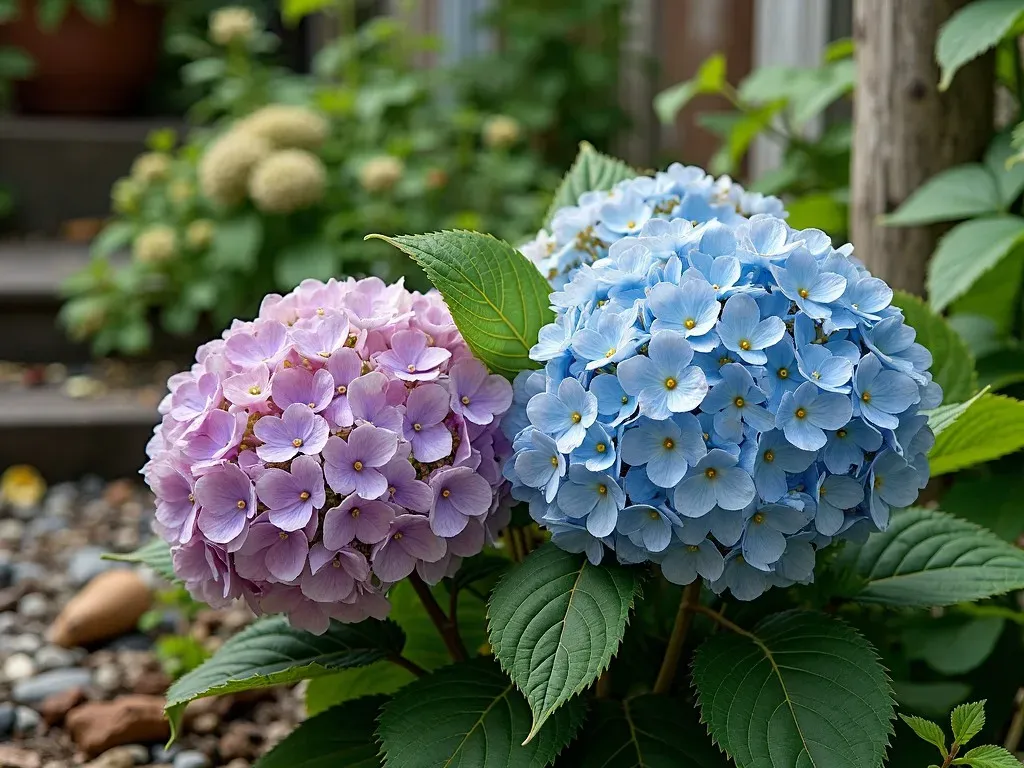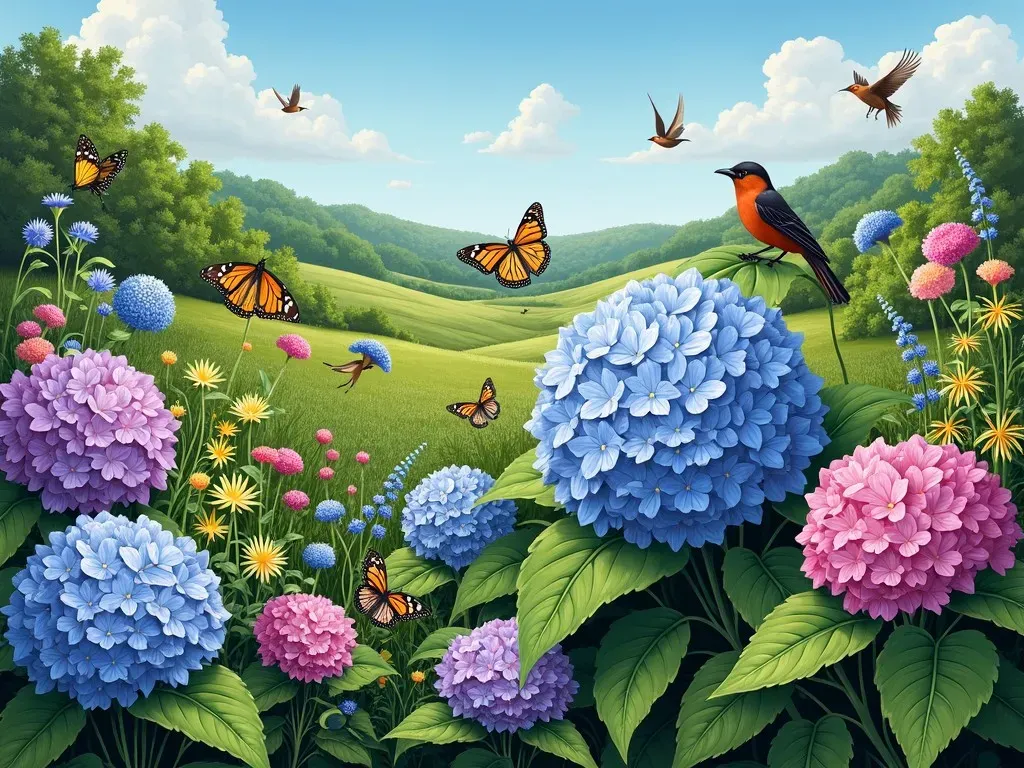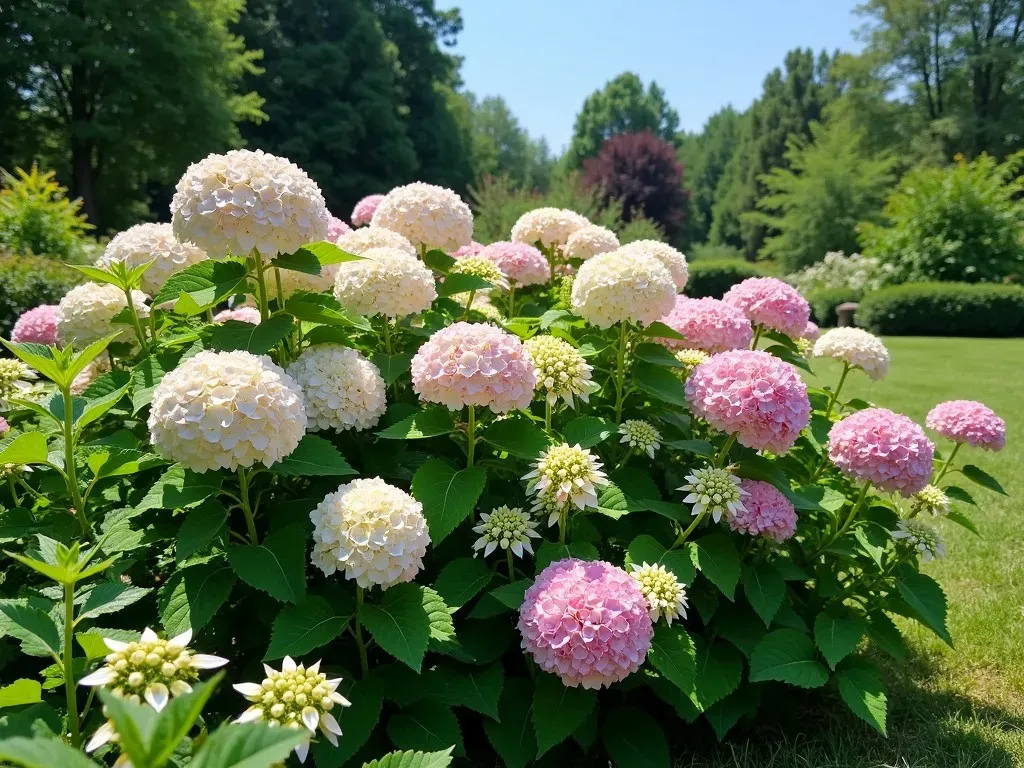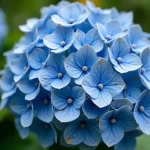Native wild hydrangea, scientifically known as Hydrangea arborescens, is a deciduous shrub beloved for its lush foliage and beautiful flower clusters. This plant is native to North America and flourishes in a variety of habitats, making it a versatile and essential addition to any garden landscape.
The Natural Habitat of Wild Hydrangea
Hydrangea arborescens typically grows in moist, wooded areas, including slopes, stream banks, ravines, and Other shaded environments. This plant’s native range extends from New York to Florida and westward to Missouri, Oklahoma, and Louisiana. The wild hydrangea is usually found thriving in rich, well-drained soils but can also adapt to rocky terrains.
Table 1: Native Range of Hydrangea arborescens
| Region | States Included |
|---|---|
| Northeastern USA | New York, Pennsylvania, New Jersey |
| Southeastern USA | Virginia, North Carolina, South Carolina |
| Gulf Coast USA | Alabama, Mississippi, Louisiana |
| Midwestern USA | Ohio, Indiana, Illinois |
| Central USA | Missouri, Iowa, Oklahoma |

Characteristics of Native Wild Hydrangea
Appearance
Wild hydrangeas typically grow to a height of 3 to 6 feet, occasionally reaching up to 10 feet. They display a multi-stemmed, mounded growth form, and are characterized by large, ovate leaves that can grow to around 4-8 inches long. The shrubs produce large, round flower clusters that bloom from mid-summer to early fall, with colors ranging from creamy white to light green.
Flower Structure
The flowers of Hydrangea arborescens are composed of both fertile and sterile florets. The sterile florets, which are often more prominent, can give the appearance of larger blooms that can measure up to 6-12 inches across. This unique flower structure not only enhances its beauty but also attracts a variety of pollinators, such as bees, butterflies, and moths.
Table 2: Comparison of Common Hydrangea Species
| Species | Growth Habit | Bloom Color | Native Range |
|---|---|---|---|
| Hydrangea arborescens | 3-6 ft, mounded | White, Green | Eastern and Central USA |
| hydrangea macrophylla | 3-10 ft, upright | Pink, Blue | Asia, cultivated globally |
| Hydrangea paniculata | 6-10 ft, upright | White | Eastern Asia |
| Hydrangea quercifolia | 3-8 ft, rounded | White | Southeastern USA |
Cultivation and Care of Native Wild Hydrangea
Soil and Light Requirements
Wild hydrangeas prefer moist, fertile soils but are adaptable to different soil types. They thrive in partial to full shade, making them ideal for woodland gardens or shaded spots in a landscape.
Watering Needs
While these plants can tolerate periods of dry weather, they are sensitive to drought conditions. Regular watering is necessary, especially during the growing season, to maintain their health and vibrancy.
Pruning Tips
To encourage a bushy growth habit and promote flowering, it’s crucial to prune native wild hydrangeas during late winter or early spring before new growth begins. Removing dead or broken branches will also help improve air circulation and reduce disease risk.
Environmental Benefits
Wild hydrangeas are excellent for supporting local ecosystems. They provide nectar and pollen for numerous pollinator species, including the Eastern Bumblebee and various butterflies. The hydrangea also acts as a host plant for the Hydrangea Sphinx Moth and other larvae.
According to a 2022 native hydrangea trial conducted by Penn State Extension, Hydrangea arborescens was recognized for its ecological value, outperforming many cultivars due to its resilience and ability to attract various forms of wildlife.
Benefits Summary
- Serves as a vital nectar source for pollinators.
- Provides habitat for larvae of specific moth species.
- Grows well in challenging terrains, aiding in soil stabilization.

Planting Native Wild Hydrangea in Your Garden
Choosing the Right Location
When planning to integrate wild hydrangeas into your garden, select a location that provides adequate shade and moist soil. This plant can thrive in suburban gardens, urban landscapes, or even natural settings like parks.
Companion Plants
To create a visually stunning and ecologically beneficial garden, consider planting wild hydrangeas with:
- Ferns: Complement the lush look with greenery.
- Astilbe: Adds vibrant color during the summer.
- Columbine: Attracts more pollinators and adds diversity.
Tips for Landscaping with Hydrangeas
- Layering: Plant taller species, like wild hydrangeas, at the back with shorter plants in front.
- Grouping: Create a lush feel by planting in groups of three or five.
- Seasonal Interest: Incorporate plants that offer year-round color for a dynamic garden.
Frequently Asked Questions (FAQs)
Are hydrangeas native to North America?
Yes, Hydrangea arborescens, often referred to as wild hydrangea, is native to various parts of North America, particularly in the eastern and southern regions.
How tall do wild hydrangeas grow?
Wild hydrangeas typically grow between 3 to 6 feet but can sometimes reach up to 10 feet under optimal conditions.
Can wild hydrangeas tolerate drought?
While they prefer moist soil, wild hydrangeas can withstand short periods of drought but are not drought-tolerant plants.
What is the best time to prune native wild hydrangea?
Pruning should be done in late winter or early spring, before the new growth starts.
Where can I learn more about native wild hydrangea?
For authoritative information on plant care, you can visit the Missouri Botanical Garden website.

Incorporating native wild hydrangea into your garden not only enhances aesthetic beauty but also contributes to ecological health. Embrace this native treasure and watch your garden flourish with life and vibrancy.

